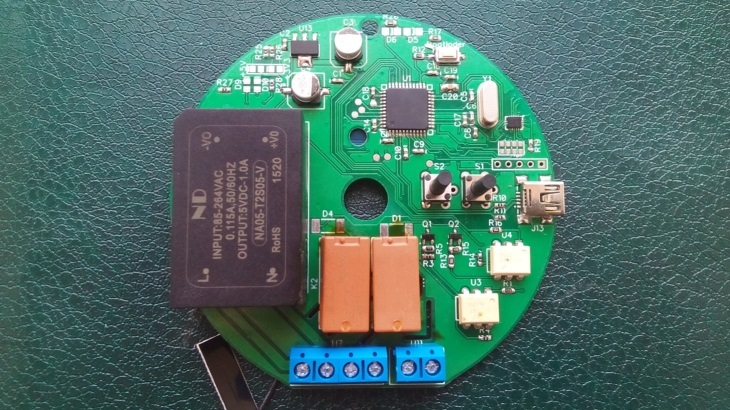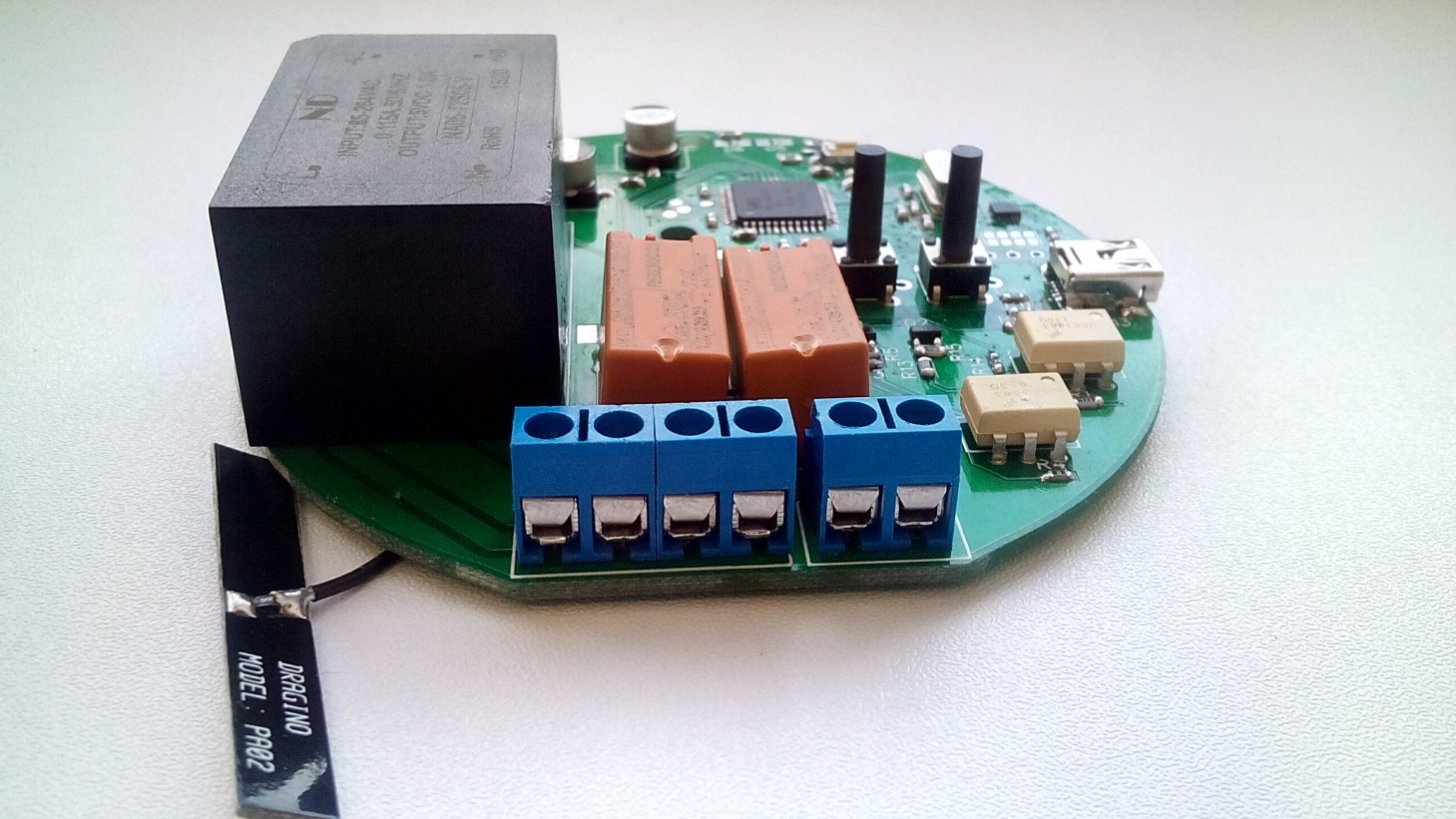How we did a two-channel outlet with Wi-Fi
We are engaged in the production of electronics and the development of embedded software, in front of you, a brief note about how we made a Wi-Fi outlet.

The process itself began with an understanding of the system in general, it has been written here many times: the purpose of the system, the power requirements, the requirements for protection against dust, humidity, etc. First, the customer himself tells what he would like from a functional point of view from the device, then we interview him, ask questions until the customer starts to get annoyed :) , it seems to him that we ask for details about things that are taken for granted , but the fact is that it is cheaper to find out all the details in advance than to do the project for priceless Or to spoil relations with the customer. Naturally, in very large projects, great attention is paid to the initial design and drafting of all requirements, because it is different in any way.
Usually for a small project we take the following steps:
')
1) Compilation of a detailed technical assignment, several iterations
2) Signing a contract
The cost of the work is described, the terms and other conditions are described.
3) Signing the acceptance certificate
Hereinafter, we describe the project of the outlet, which is mounted on the wall and can be programmed remotely via Wi-Fi in the Arduino environment, like the Arduino Yun. Develop software for the device is not required. The Yun Wi-Fi module itself is a closed development of Arduino, but there is a module fully compatible with Arduino Yun, which is called Dragino HE, on the basis of which we made the device.

At first, we coordinated with the customer decently in time the project: how many buttons, inputs, outputs, what relays should be. It was a question of certification. We designed the board, ordered it, then, finally, they were made and came to our office.

The next stage of installation, we usually give a specialized company to do the installation, because programmers are better off not doing this on their own. When everything is ready, the boards look like this.



We asked for the Arduino bootloader in charge, so that the customer could work with the device as with the usual Arduino Yun module. Tested the device and transferred these 10 outlets to the customer.
UPD: anticipating questions - the rights to the project belong to us. Therefore, we have the right to shine it here.

The process itself began with an understanding of the system in general, it has been written here many times: the purpose of the system, the power requirements, the requirements for protection against dust, humidity, etc. First, the customer himself tells what he would like from a functional point of view from the device, then we interview him, ask questions until the customer starts to get annoyed :) , it seems to him that we ask for details about things that are taken for granted , but the fact is that it is cheaper to find out all the details in advance than to do the project for priceless Or to spoil relations with the customer. Naturally, in very large projects, great attention is paid to the initial design and drafting of all requirements, because it is different in any way.
Usually for a small project we take the following steps:
')
1) Compilation of a detailed technical assignment, several iterations
2) Signing a contract
The cost of the work is described, the terms and other conditions are described.
3) Signing the acceptance certificate
Hereinafter, we describe the project of the outlet, which is mounted on the wall and can be programmed remotely via Wi-Fi in the Arduino environment, like the Arduino Yun. Develop software for the device is not required. The Yun Wi-Fi module itself is a closed development of Arduino, but there is a module fully compatible with Arduino Yun, which is called Dragino HE, on the basis of which we made the device.

At first, we coordinated with the customer decently in time the project: how many buttons, inputs, outputs, what relays should be. It was a question of certification. We designed the board, ordered it, then, finally, they were made and came to our office.
The next stage of installation, we usually give a specialized company to do the installation, because programmers are better off not doing this on their own. When everything is ready, the boards look like this.



We asked for the Arduino bootloader in charge, so that the customer could work with the device as with the usual Arduino Yun module. Tested the device and transferred these 10 outlets to the customer.
UPD: anticipating questions - the rights to the project belong to us. Therefore, we have the right to shine it here.
Source: https://habr.com/ru/post/367221/
All Articles